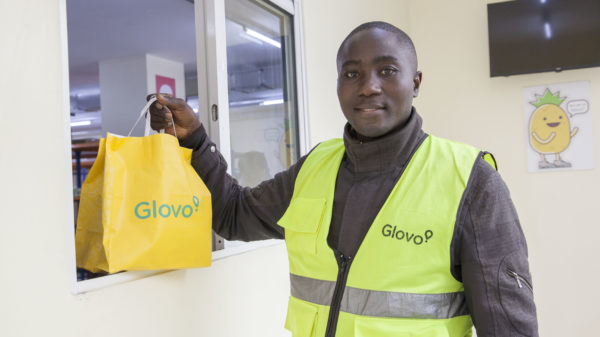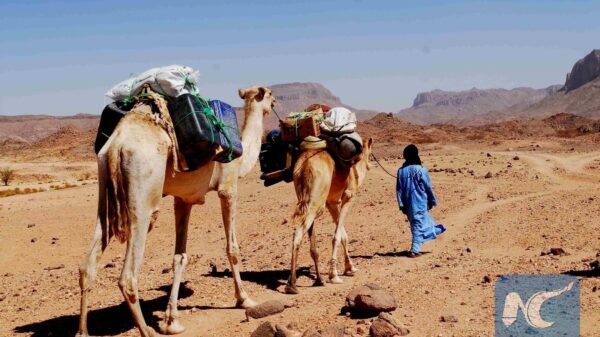NAIROBI, September 9 – Efforts to decongest traffic in Nairobi by expanding a key road into the city have been dealt a major blow after the planned removal of five roundabouts on Uhuru Highway flopped.
Construction of the 22 kilometre stretch from Nairobi’s Jomo Kenyatta International Airport to the United Nations complex in Gigiri was to be wholly financed by the Chinese government under a Sh5.3 billion deal signed by Presidents Mwai Kibaki and Hu Jintao during a state visit to China in August 2005.
Ministry of Roads officials said the Chinese government had since scaled down funding to only Sh2.2 billion, pushing the project into limbo. Trouble started after it emerged that the Chinese President had promised more money than he was legally allowed to single-handedly dish out under his country’s laws.
Roads engineers said the new amount could only cover the construction of an additional lane on both sides of the highway and set up street lighting, scaling down initial plans.
The original project design had an extra lane all the way on both sides of the highway, multi-level roads, overpasses replacing roundabouts as well as interlinks. Also, the laborious T-junctions were to be removed.
On completion, it had been expected that traffic flow in Nairobi would improve with the removal of six roundabouts between Nyayo Stadium, along Uhuru Highway and the Museum Hill roundabout.
The chief roads engineer Mwangi Maingi, admitted there were delays and changes to the original plan and attributed them partly to haggling by Chinese contractors over the tender.
Shengli Engineering & Consulting Company of China was appointed by the Chinese government but it issued a raft of conditions to be met by the ministry soon after landing on site.
The government found itself in a tight spot after it was asked to urgently finance the initial stages of the construction work at a cost of Sh300 million.
Officials say some 43 projects worth more than Sh100 billion are already underway around the country, making it difficult for the ministry to find the required start up funds for the city’s route.
According to the Chinese embassy in Nairobi, contractors have experienced some difficulties after huge deposits of black cotton soil were discovered along the excavation route.
As a result, there were necessary changes in design of the road and difficulties in implementing contractor demands.
The roundabouts will not be removed but will instead be made smaller.
In April, this year, President Kibaki announced plans for a Sh2 billion Chinese-funded project to widen Uhuru Higwhay and link it to the west of the city after the ministry came up with alternative decongestion measures.
It followed a Sh8.5 billion loan deal from China for the construction of Nairobi Eastern and Northern bypasses. China then appointed China Road and Bridge Corporation (CRBC) as the contractor for the two projects.
The Government is spending about Sh193 million to open, reinstate, establish alignments and improve the bypasses around Nairobi under a road concessioning arrangement.
Motoring expert Gavin Bennet says Nairobi accounts for upto 40 percent of the national vehicle population.
"Roundabouts are more obstructive than helpful. Removing them should be cheaper and a direct remedy to congestion in the city," he argues.
Industry data estimates that traffic jams cost the economy upto Sh100 million per day in wasted man-hours, wear and tear, high fuel consumption costs and pollution.
Application of additional costs in fuel and repairs to all vehicles in Nairobi is estimated to be between Sh250, 000 and Sh300, 000, translating to a loss of Sh50 million a day at retail prices
About one million residents of Nairobi commute in and out of the city centre or pass through it every day. Traffic jams that delay commuters by one hour therefore translate into a loss of one million man-hours of productive time.
In 2006, a comprehensive study dubbed ‘Japanese Plan for Solving Nairobi’s Road and Traffic Problems’ outlined both projects and was subsequently adopted by Kenyan authorities.
The problem is the increase to the number of the vehicles – by upto 300 percent in the last decade – while the roads have not. In the final years of former President Moi’s rule, only 20 percent of the country’s roads were in good condition.
Five years later, up to 57 percent of the network is still in poor shape, while the booming economy is putting an average of 5, 000 more cars on the road.
In the last two years, repairs on key highways in major cities were intended to improve the business environment and boost economic growth to the desired 10 percent by 2012.
It is estimated that complete construction of projects on the Northern Corridor would reduce by nearly half, the six hours that motorists take to cover the 500 km journey between Nairobi and Mombasa. The cost of transport would also be expected to fall by a margin of 25 per cent.



































